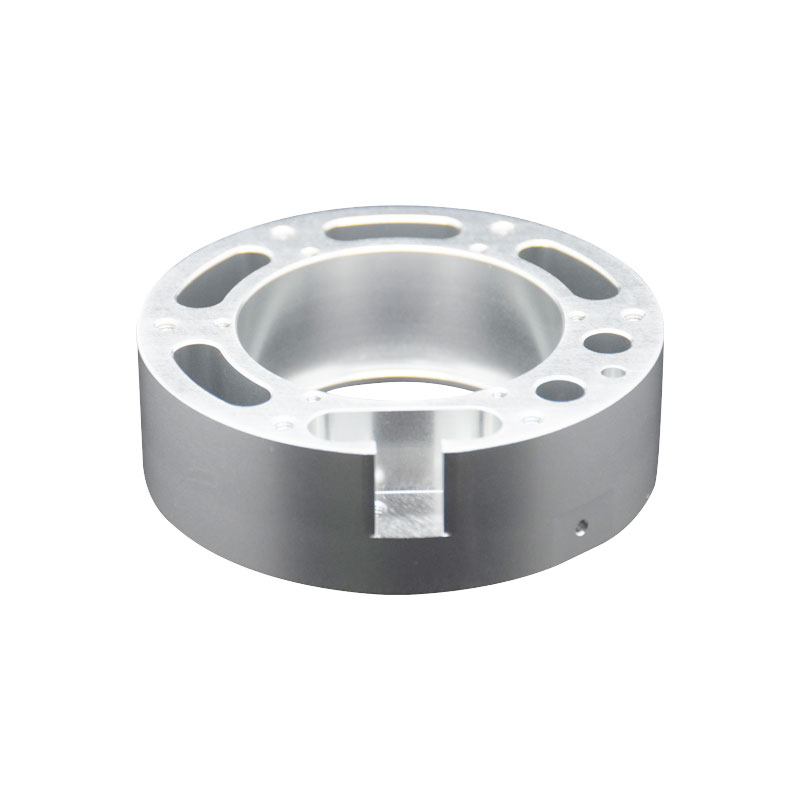
Privacy statement: Your privacy is very important to Us. Our company promises not to disclose your personal information to any external company with out your explicit permission.
Sheet metal is a processing technique, and sheet metal processing is also known as sheet metal processing. This includes traditional methods and process parameters such as cutting and cutting, punching processing, bending and pressing forming, as well as various cold stamping mold structures and process parameters, working principles and operation methods of various equipment, as well as new stamping technologies and processes, and metal sheet metal processing of parts.

LET'S GET IN TOUCH

Privacy statement: Your privacy is very important to Us. Our company promises not to disclose your personal information to any external company with out your explicit permission.

Fill in more information so that we can get in touch with you faster
Privacy statement: Your privacy is very important to Us. Our company promises not to disclose your personal information to any external company with out your explicit permission.